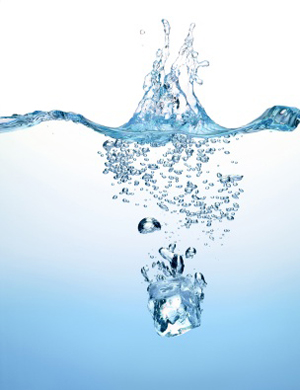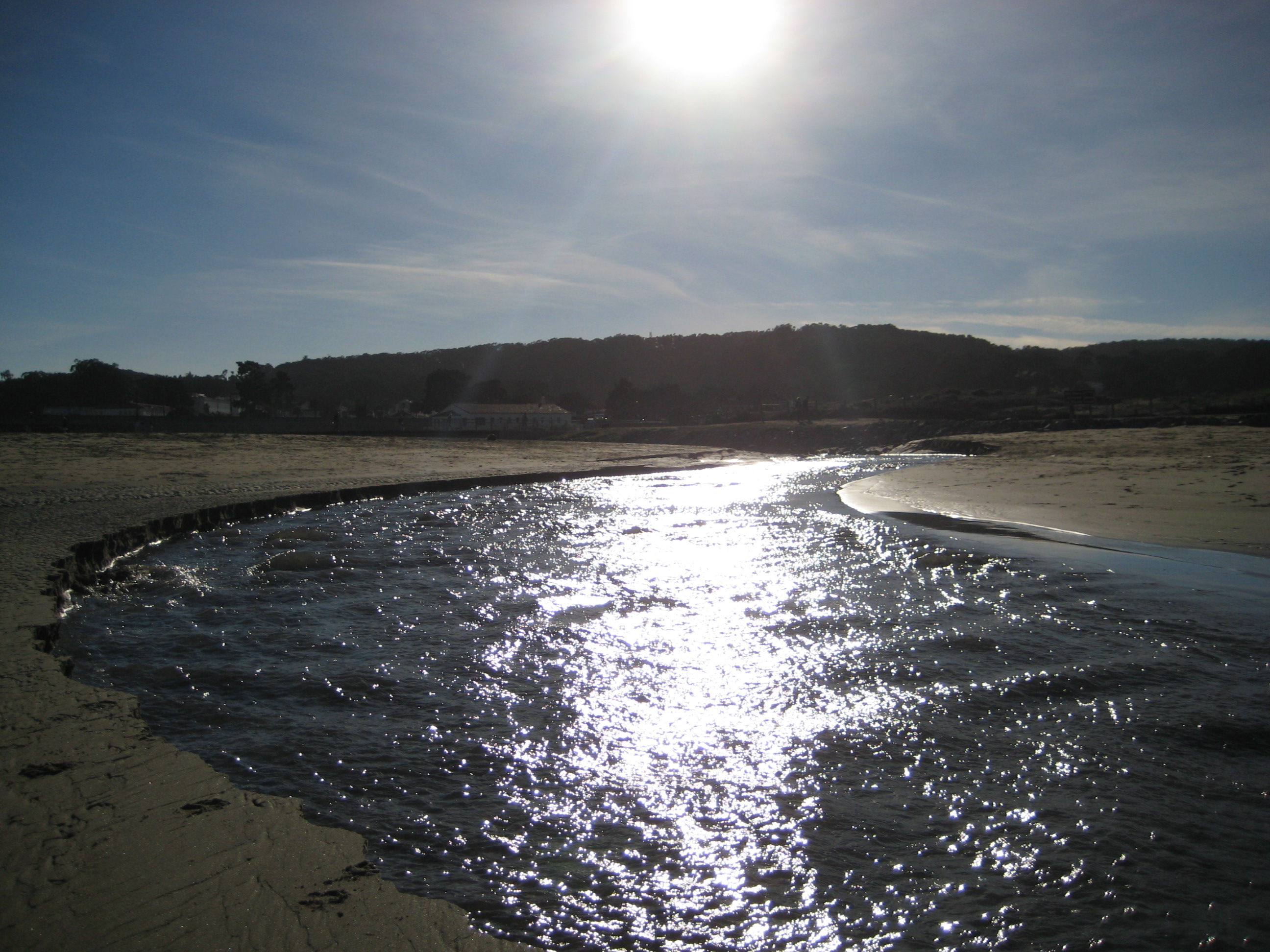Team:Brown
From 2008.igem.org
(Difference between revisions)
NeilParikh (Talk | contribs) |
NeilParikh (Talk | contribs) (→Image:Brownwelcome.png) |
||
| Line 3: | Line 3: | ||
[[Image:wiki water pic 2.jpg|frameless]] | [[Image:wiki water pic 2.jpg|frameless]] | ||
| - | |||
| - | |||
| - | |||
| - | |||
| - | |||
| - | |||
Around the world, contamination of drinking water is an immense problem that is difficult and expensive to detect with current technology. As such, many Third World countries are unable to effectively diagnose the problem across the millions of water supply sources that exist. | Around the world, contamination of drinking water is an immense problem that is difficult and expensive to detect with current technology. As such, many Third World countries are unable to effectively diagnose the problem across the millions of water supply sources that exist. | ||
Revision as of 14:02, 22 October 2008
 "
"

